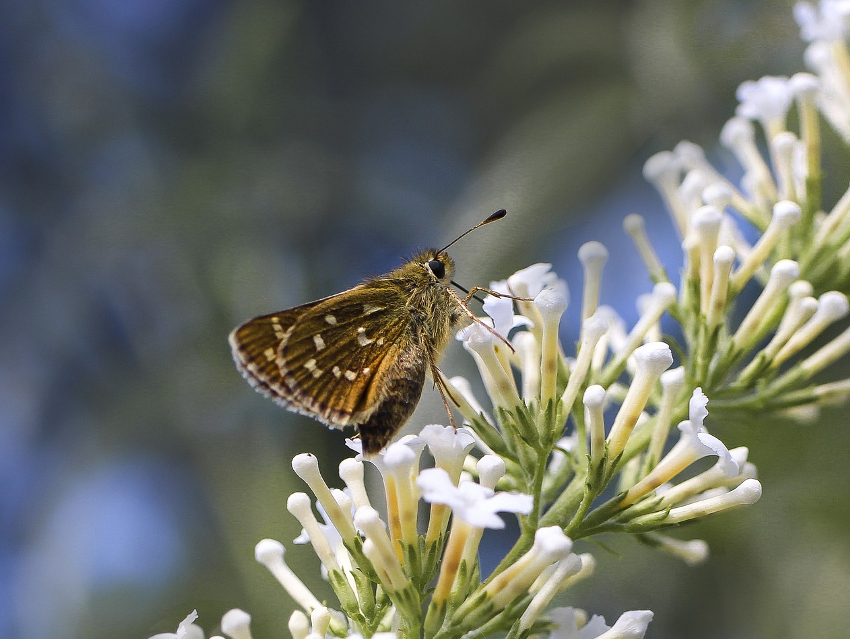Pollinating insects are important for food production and to maintain healthy ecosystems. Plants attract pollinators, e.g., by scents and visual signals. Pollutants in the atmosphere, such as elevated ozone levels, can change floral smells, e.g., by oxidation reactions.
Markus Knaden, Max Planck Institute for Chemical Ecology, Jena, Germany, and colleagues have studied the effect of high ozone air pollution on the chemical communication between flowers and pollinators. The team exposed tobacco hawkmoths (Manudca sexta) to the scent of their preferred flowers (Nicotiana alata) in a wind-tunnel setup—using either the unaltered flower scent or an ozone-altered blend. The moths were relased downwind from the scent source and observed. The researchers found that the moths lost attraction to the floral scent when it was changed by ozone.
The team then assessed whether the moths could learn to recognize flowers based on the ozone-altered floral scent. They developed a training experiment where the moths had to follow the ozone-altered odor to the flower, but were presented with the original scent at an artificial flower containing the sugar reward. This simulates real conditions, where a floral scent only becomes ozone-altered as it moves downwind of the flower and mixes with ozone. The hawkmoths quickly learned that the polluted scent may lead to a nutritious reward.
However, the researchers caution that air pollution could still pose a serious risk to pollination. It is unclear whether other pollinators have similar abilities to learn new smells.
- Pollination in the Anthropocene: a Moth Can Learn Ozone-Altered Floral Blends,
Brynn Cook, Alexander Haverkamp, Bill S. Hansson, T’ai Roulston, Manuel Lerdau, Markus Knaden,
J. Chem. Ecol. 2020.
https://doi.org/10.1007/s10886-020-01211-4




